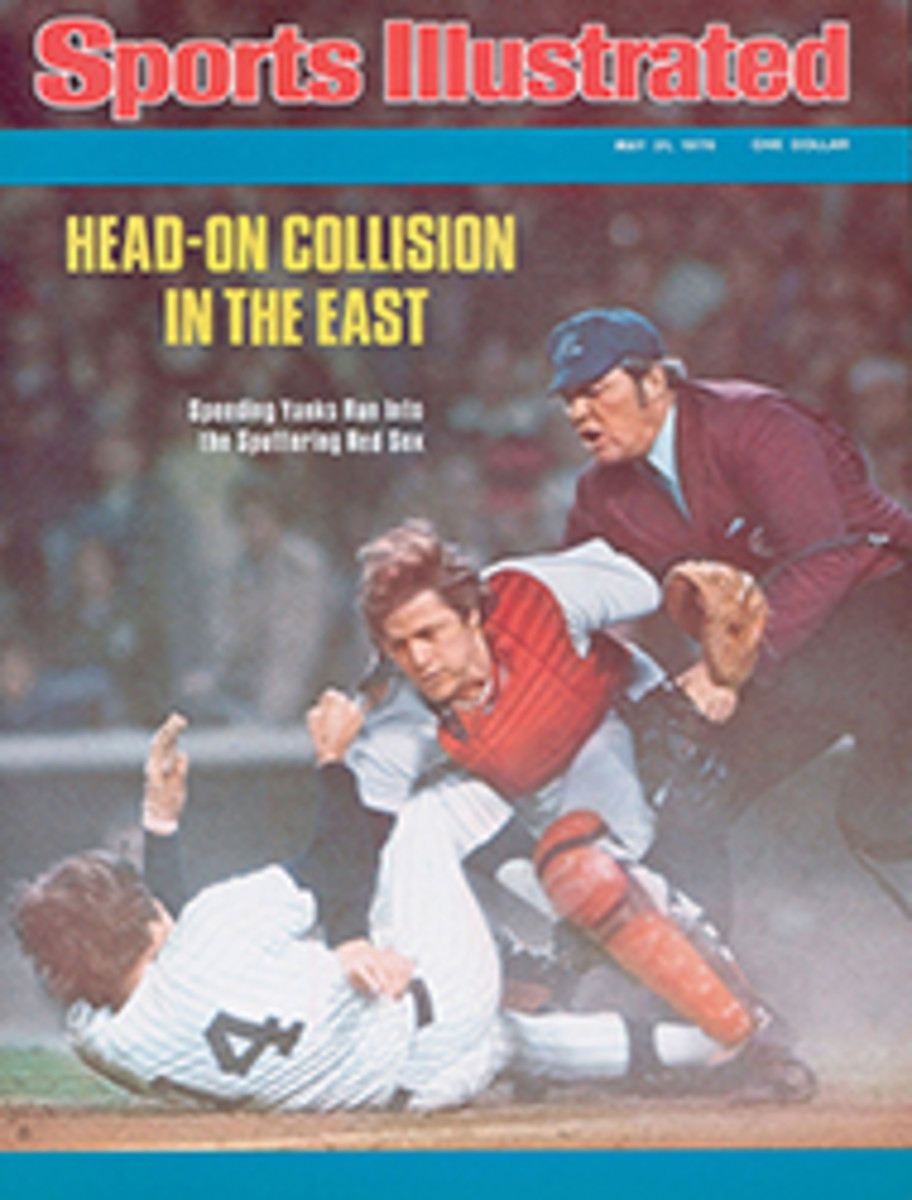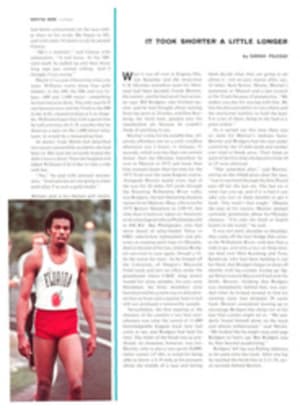
THEY SHOT THE WEST DESPITE WAVING BRANCHES AND SIMMERING CHEMICALS
Early photographers in the American West stalked their landscapes like hunters going after big game. They planted their cameras on a shelf on a cliff or in a wooded valley looking up at a cloud-enshrouded mountainside and waited. After hours, and often days, the clouds parted, the sunlight blazed, the wind died—the air had to be motionless because the waving branches of a tree could produce a blur—and they took their picture.
Era of Exploration, by Weston J. Naef and James N. Wood (Little, Brown, a New York Graphic Society book, $25), is subtitled The Rise of Landscape Photography in the American West, 1860-1885; you could add...and the Travail of the Photographers without misrepresentation. The first trip of Carleton Watkins to Yosemite in 1861 is an instance of what these men were up against. Watkins had a wooden camera built for him with 18-by-21-inch coated glass plates, the first such equipment used by an American in the wilderness. It was a 120-mile trip from San Francisco, where he was working in a photographic studio, to the jumping-off place at Coulterville, Calif. and then a two-day trek with pack mules—there were no trails—to the edge of the valley.
Watkins placed his camera in idyllic surroundings. He liked still water and scattered pines in the foreground, with looming walls or sharp peaks visible through branches. Using a technique then popular, Watkins first polished a glass plate and coated it with collodion, then sensitized the collodion with silver nitrate. He used large glass plates because at the time there was no adequate method of making enlargements. Working in a dark tent he had to balance the plates with one hand while he poured the liquids over them with the other.
He was then ready to take a picture. Watkins preferred early-morning or late-afternoon light, which often required a one-hour exposure. If anything moved during the hour he had to start over. The negatives had to be developed on the spot. Some of the photographs he carried back to San Francisco were flawed, so he returned to Yosemite and shot another series of pictures. These were sold in bound sets of prints; there was no satisfactory method of publishing photographs in book form. Each print had to be fixed, toned, washed and dried by hand, Watkins turning them out himself at the rate of 15 a day. By 1873, when he was 44, he was nationally famous and bankrupt.
Timothy O'Sullivan, who made a name for himself as a Civil War photographer, was the most daring and adventurous of the pioneers. He photographed Death Valley when the heat was so intense his photographic chemicals boiled. He made his way 260 miles upstream against the Colorado's current, but most of his negatives were ruined while being shipped back to civilization from Prescott, Ariz. O'Sullivan's view of nature had little in common with Watkins' serene and tranquil scenes: closeups of rock patterns and geysers, the utter desolation of Colorado's Black Canyon, expanses of stone above the Green River, an unforgettable shot of a solitary wagon silhouetted against sand dunes on the Carson Sink in Nevada.
In 1868 Eadweard Muybridge duplicated Watkins' Yosemite journeys, with far greater financial rewards. He made history with his studies of men and horses in action. In 1872 Governor Leland Stanford of California bet a friend that at one point a galloping horse had all four feet off the ground; Muybridge devised a setup of cameras operating in sequence that proved the Governor was right.
Andrew Joseph Russell was an artist and a teacher of penmanship before he became the official photographer of the Union Pacific Railroad. Russell interpreted his assignment very broadly; he photographed the required scenes, such as the famous picture of the joining of the rails at Promontory, Utah, but he also climbed many mountains to shoot landscapes in places where it was certain no Union Pacific railway track would ever be laid.
William Henry Jackson, once an ox-team driver, is the fifth master examined in Era of Exploration. As an itinerant photographer, Jackson was something of a con man and a hustler, until he was possessed by the majesty of the Rockies. Thereafter he spent his lifetime—he lived to be 99—trying to capture this splendor.
Much of the best work of the pioneers exists only in fragments. Of some 2,500 prints that O'Sullivan made for a government survey in 1867 (50 sets of 50 plates) no complete set exists. No complete set of Watkins' 114 prints of his Yosemite walking trip has survived. Nor is there a complete set of Muybridge's plates made in imitation of Watkins. The 300 or so illustrations in Era of Exploration are a powerful suggestion of how much these dedicated artists accomplished and even more a reminder of how much of their work has disappeared. It is a hard book to read, not because the text is dull—it is far from it—but because the power of the plates constantly takes your eyes from the words. Which is probably what Russell meant when he wrote, "Words cannot express or describe it. But the truthful camera tells the tale and tells it well."

